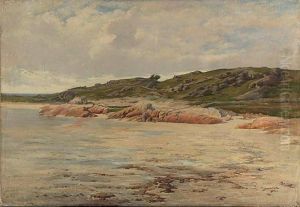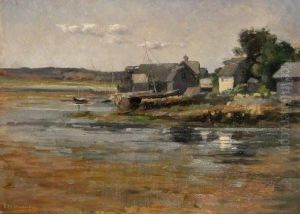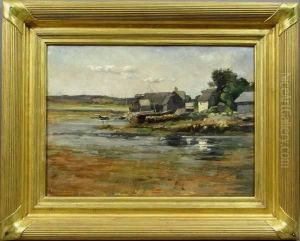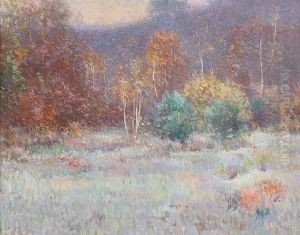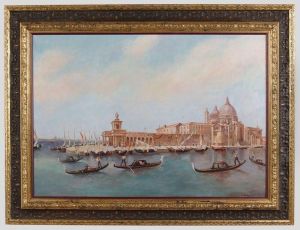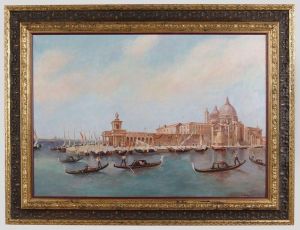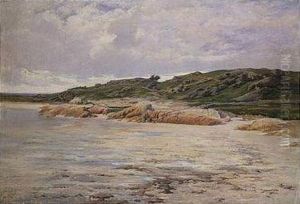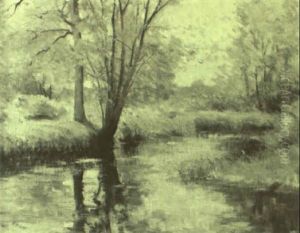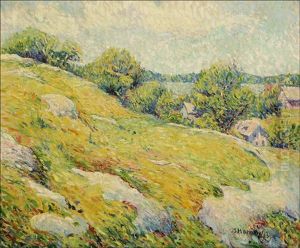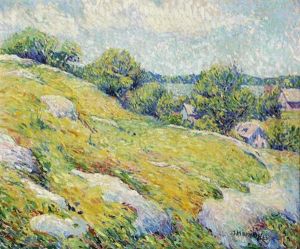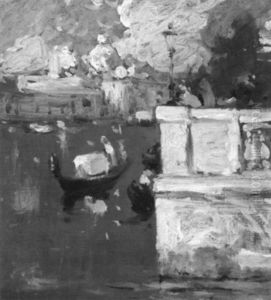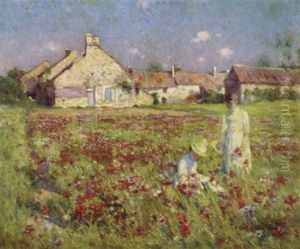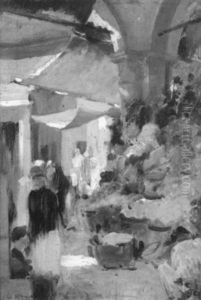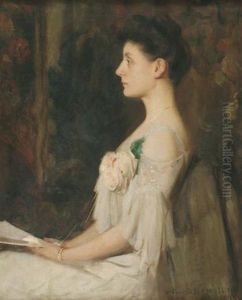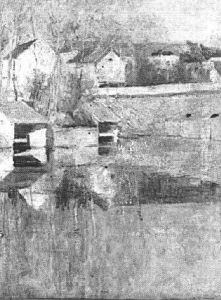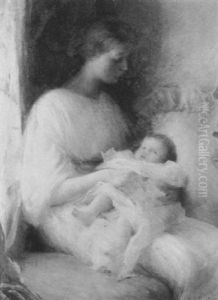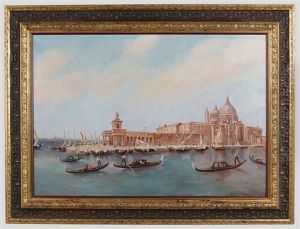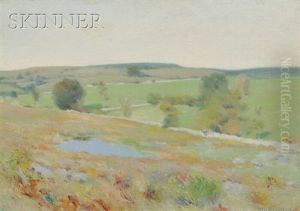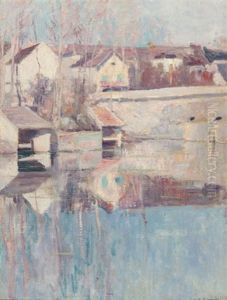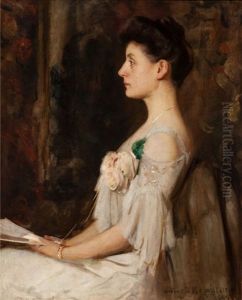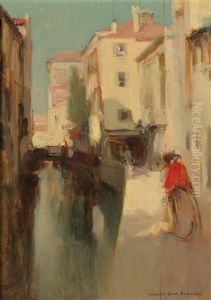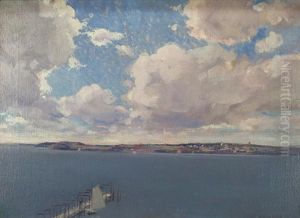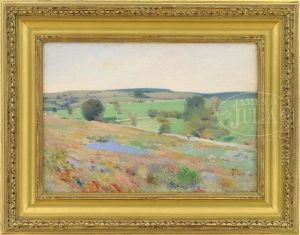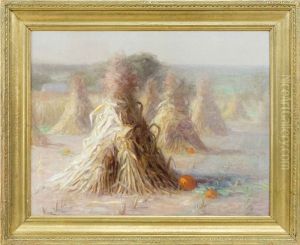Edward Wilbur Dean Hamilton Paintings
Edward Wilbur Dean Hamilton, an American painter primarily recognized for his contributions to the American Impressionist movement, was born in 1864. His work, celebrated for its vibrant depiction of light and color, captures the essence of late 19th and early 20th-century American landscapes and seascapes. Hamilton's artistic journey began in his early years, leading him to study under prominent artists of his time, which significantly influenced his development as a painter.
Hamilton's education and travels in Europe played a crucial role in shaping his artistic style. Like many American artists of his generation, he ventured to Paris to immerse himself in the burgeoning Impressionist movement, which had a profound impact on his approach to painting. Upon returning to the United States, Hamilton brought with him a palette that was brighter and a technique that was more fluid, characteristics that became hallmarks of his mature style. He adeptly applied these techniques to American subjects, contributing to the localization of the Impressionist movement in the United States.
Throughout his career, Hamilton exhibited his work widely, gaining recognition and accolades. He participated in numerous group and solo exhibitions, and his paintings were collected by both private collectors and public institutions. Despite his success, Hamilton remained dedicated to exploring the nuances of light and color, continually refining his vision and technique.
Edward Wilbur Dean Hamilton passed away in 1943, leaving behind a legacy that continues to be celebrated for its significant contribution to American Impressionism. His works remain a testament to the beauty of the American landscape and the enduring appeal of the Impressionist movement. Hamilton's paintings are featured in major museums and collections, where they continue to inspire admiration and study for their luminous quality and historical significance.
